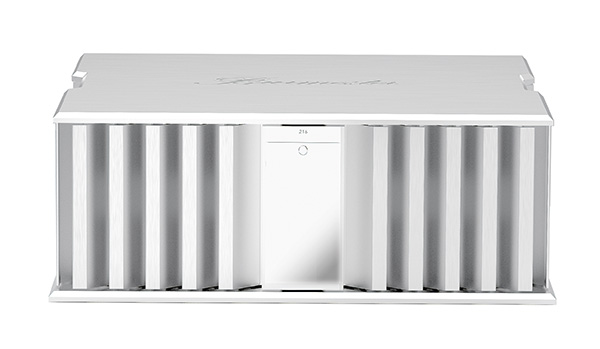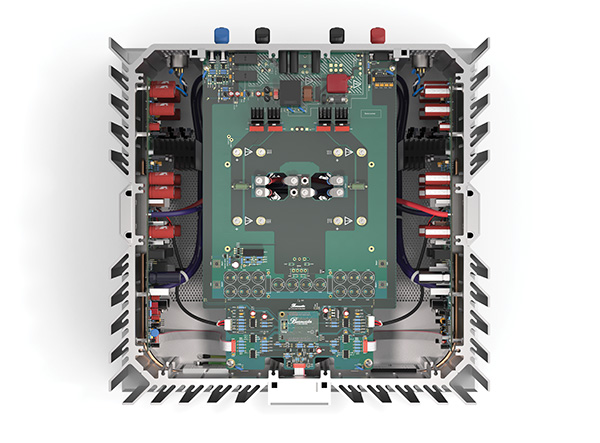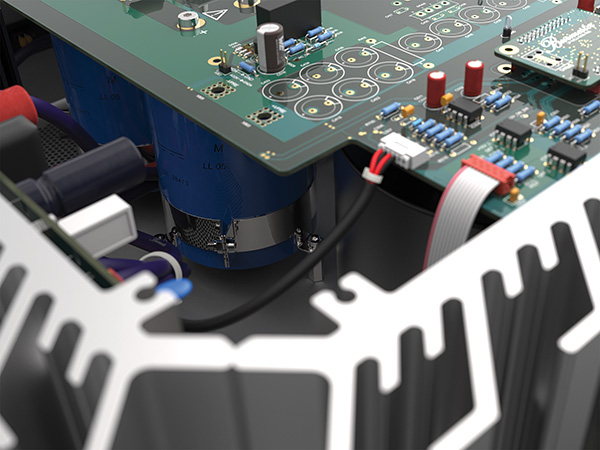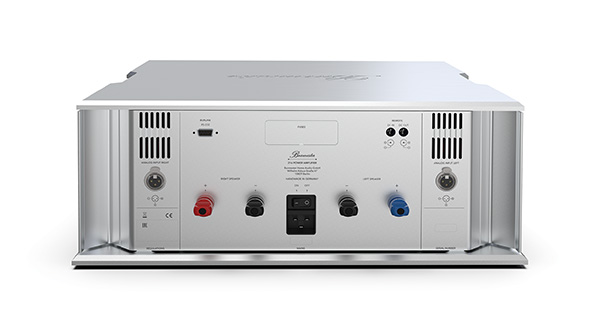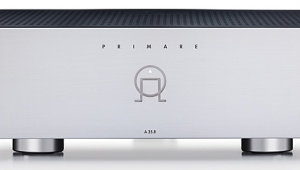| Columns Retired Columns & Blogs |
"I didn't examine the clipping power into 2 ohms, as Jim Austin hadn't finished his auditioning and this sample had to be returned to him. (Amplifiers sometimes break when driving their maximum power into 2 ohms, which is why I usually leave this test to last.)"
I love class-A/B reviews because they are representative of what's coming out of the speaker terminal to go to the speakers, there's no concealment of some of the measurements/tests in them, but looking at those figures and graphs JA, I doubt very much the 2ohm test if you did do them, they wouldn't have been something to write home about for those kind of big $'s.
As far as doing any good (like other similar price amps can) into very low impedances say like the Wilson Alexia's .9ohm EPDR bass loading, I'd say most probably nah, there's far better for that spec and cheaper! Unless!!! those specs you measured were in bridged mode?, then those figures are to be expected.
Cheers George

